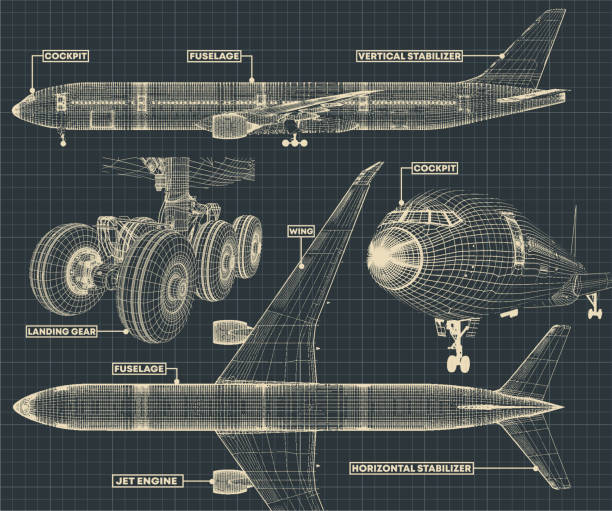The intricate dance between performance, cost, and safety is a perpetual challenge in aircraft design. Engineers face a delicate balancing act, striving to optimize one aspect without compromising the others. This pursuit often involves trade-offs, where decisions in design, materials, and technology impact an aircraft’s performance, its manufacturing cost, and, most critically, the safety of passengers and crew.
Performance reigns supreme in aircraft design—a culmination of speed, range, payload capacity, and fuel efficiency. The quest for superior performance drives innovations in aerodynamics, propulsion, and materials. However, enhancing performance can lead to increased costs, whether in terms of cutting-edge technology, specialized materials, or complex manufacturing processes.
Cost considerations wield significant influence in aircraft design, influencing decisions that impact performance and safety. Striking a balance between performance and cost is a perpetual challenge. Aircraft manufacturers seek to minimize production expenses without compromising on quality, safety, or the desired level of performance.
Safety stands as the non-negotiable cornerstone of aircraft design. Every decision made in the design process is scrutinized through the lens of safety—ensuring structural integrity, redundancy in critical systems, and compliance with stringent regulations. Safety enhancements often come at a cost, whether through additional weight from safety features or investment in advanced technologies.
Aerodynamic efficiency profoundly impacts an aircraft’s performance. Streamlined designs minimize drag, enabling faster speeds and better fuel economy. However, achieving optimal aerodynamics often involves intricate shaping, specialized materials, and complex manufacturing processes, which can escalate production costs.
The choice of materials in aircraft construction influences not only performance but also manufacturing costs and safety. Advanced composite materials offer high strength-to-weight ratios, enhancing performance and fuel efficiency. However, these materials often come at a higher cost compared to traditional metals like aluminum.
Innovative propulsion systems contribute significantly to an aircraft’s performance and efficiency. Advanced engines with higher thrust-to-weight ratios improve performance but may incur higher manufacturing costs and maintenance expenses. Balancing the benefits of advanced propulsion with associated costs remains a critical consideration in aircraft design.
Technology integration plays a pivotal role in enhancing performance, reducing costs, and improving safety. Avionics advancements improve navigation, communication, and automation, enhancing operational efficiency. However, incorporating cutting-edge technology often involves substantial upfront investment and ongoing maintenance expenses.
Weight optimization is a constant challenge in aircraft design. While reducing weight improves performance and fuel efficiency, achieving weight reduction without compromising safety or incurring exorbitant costs requires meticulous engineering and material selection.
Manufacturing processes directly impact both cost and safety in aircraft production. Advanced manufacturing techniques, such as additive manufacturing and automated assembly, offer cost-saving opportunities. However, ensuring the highest safety standards while embracing these new techniques remains a critical consideration.
Regulatory compliance is paramount in aircraft design, with safety regulations imposing stringent requirements. Compliance with these regulations adds to production costs as manufacturers invest in rigorous testing, certifications, and safety measures to ensure aircraft meet industry standards.
The human factor cannot be overstated in aircraft design. Passenger comfort, pilot ergonomics, and crew safety considerations significantly influence design choices. Incorporating these elements into design without compromising performance or escalating costs is a constant challenge.
The quest for sustainability in aviation introduces another layer of complexity. Balancing performance, cost, and safety while embracing eco-friendly technologies and practices demands innovative solutions that minimize environmental impact without inflating manufacturing costs.
Collaboration across disciplines—engineering, materials science, aerodynamics, and safety—remains pivotal in navigating trade-offs in aircraft design. This collaboration fosters holistic solutions that strike the delicate balance between performance, cost-effectiveness, and safety.
As aircraft designers continue to innovate and refine their craft, the pursuit of optimal balance between performance, cost, and safety remains ongoing. Striking the right trade-offs requires a nuanced approach that considers a multitude of factors, ensuring that every design decision contributes to creating safer, more efficient, and economically viable aircraft.
























